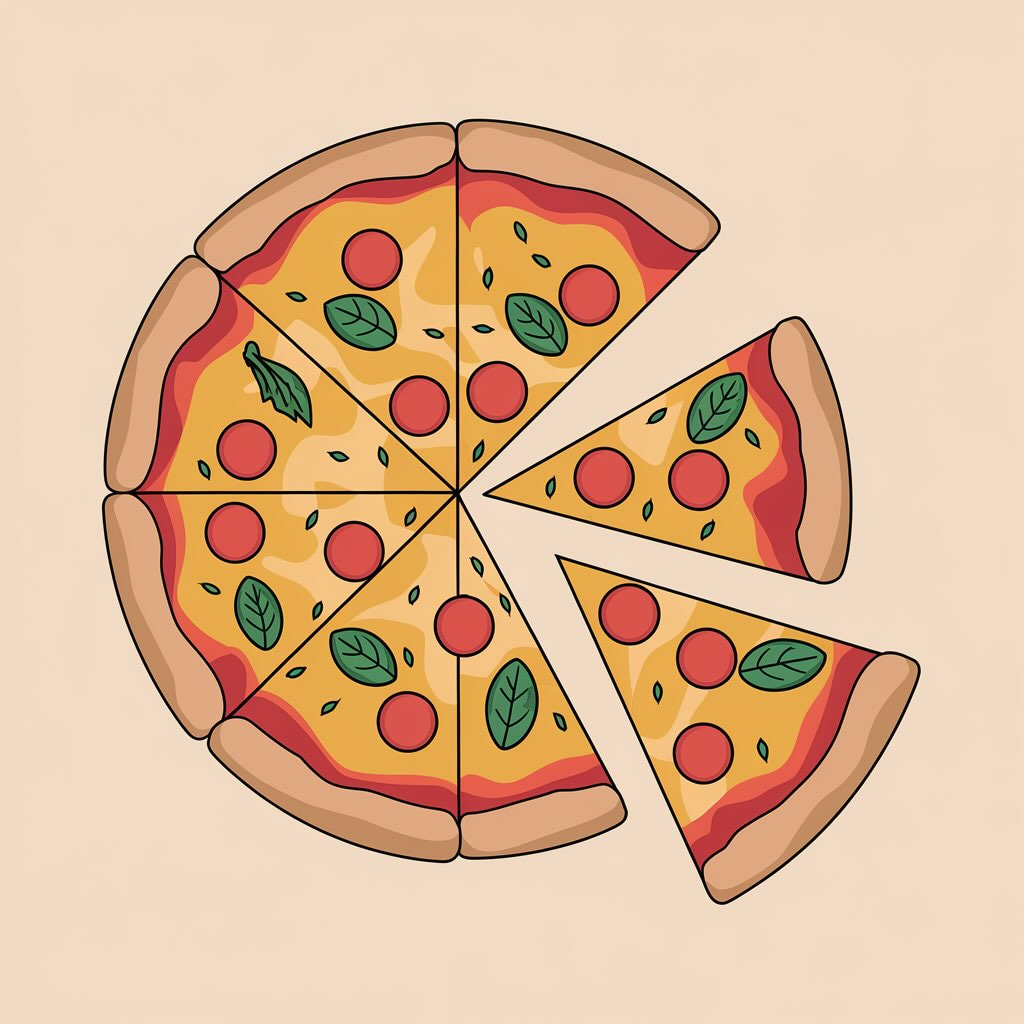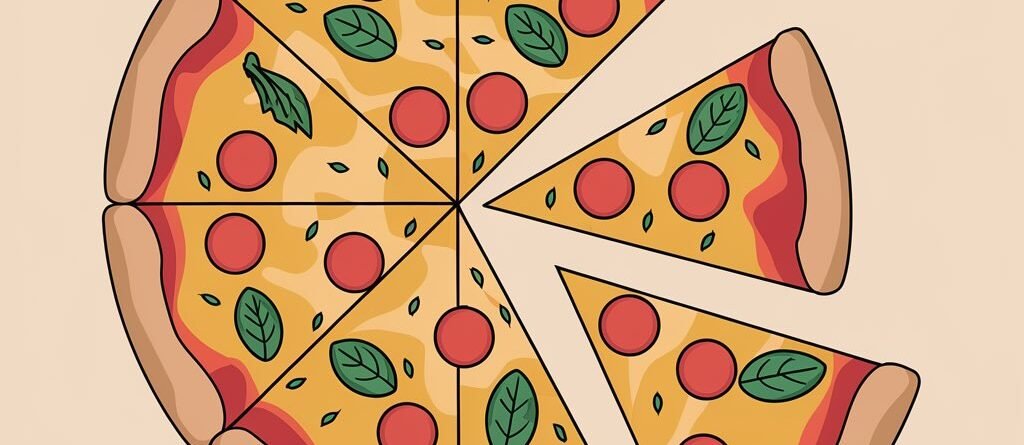Lesson Plan > Lesson 37 > Mathematics
Lesson 37 covers:
- Elementary Level: Subtraction (Up to 30)
- Mid Level: Equivalent Fractions
- High Level: Algebraic Expressions
Elementary Level (Kinder to Grade 2)

Subject: Subtraction (Up to 30)
Alignment with Standards:
- 1.OA.A.1 – Use subtraction within 20 to solve word problems.
- 1.OA.C.6 – Add and subtract within 20, demonstrating fluency for subtraction within 10.
- 1.NBT.C.6 – Subtract multiples of 10 in the range 10-30.
Lesson Objectives
By the end of the lesson, the student will be able to:
- Subtract numbers up to 30 using manipulatives, drawings, and number lines.
- Solve simple word problems involving subtraction (e.g., “There are 15 apples, and 6 are eaten. How many are left?”).
- Recognize subtraction as “taking away” and relate it to real-life scenarios.
Materials Needed
✔ Counters (e.g., buttons, beans, small toys)
✔ Number line (0-30)
✔ Whiteboard & markers
✔ Subtraction flashcards (up to 30)
✔ Printed worksheets (with visuals & word problems)
✔ Ten frames (for visual grouping)
Lesson Activities
1. Warm-Up (10 minutes)
Objective: Review basic subtraction concepts within 10.
- Oral Practice:
- “If I have 8 candies and I eat 3, how many are left?” (Use fingers or counters.)
- Quick flashcard drills (e.g., 7 – 2 = ?, 10 – 4 = ?).
- Number Line Practice:
- Demonstrate 12 – 5 using a number line (start at 12, jump back 5).
2. Direct Instruction (15 minutes)
Objective: Introduce subtraction up to 30 with manipulatives.
- Demonstration with Counters:
- “Let’s subtract 14 – 6. Count out 14 counters, then take away 6. How many remain?”
- Ten Frames Method:
- Show subtraction using ten frames (e.g., 18 – 5: Cross out 5 dots).
- Word Problem:
- “There are 25 birds on a tree. 7 fly away. How many are left?” (Solve together.)
3. Guided Practice (15 minutes)
Objective: Reinforce learning with hands-on activities.
- Worksheet Activity:
- Simple subtraction problems (e.g., 20 – 8, 25 – 12) with pictures.
- Interactive Game:
- “Subtraction Bowling” (Set up 10 cups, knock some down, write the equation).
4. Independent Practice (10 minutes)
Objective: Assess understanding with independent work.
- Flashcard Challenge:
- Time the student to solve 5 subtraction problems (e.g., 22 – 9, 30 – 15).
- Drawing Subtraction:
- “Draw 17 stars, cross out 9. Write the equation.”
5. Wrap-Up & Review (5 minutes)
- Exit Question:
- “If you have 28 stickers and give 13 to a friend, how many do you keep?”
- Real-Life Connection:
- Discuss when we use subtraction (e.g., sharing toys, saving money).
Assessment & Follow-Up
- Observation: Check if the student uses strategies (counters, number line) correctly.
- Worksheet Review: Provide feedback on errors.
- Next Lesson Preview: Introduce subtraction with regrouping (if ready).
Mid Level (Grade 3 to 5)

Subject: Equivalent Fractions
Alignment with Standards:
- 4.NF.A.1 – Explain why a fraction a/b is equivalent to a fraction (n × a)/(n × b) using visual models and reasoning.
- 4.NF.A.2 – Compare fractions using benchmarks and equivalence.
Lesson Objectives
By the end of the lesson, the student will be able to:
- Define equivalent fractions as fractions that represent the same value despite having different numerators and denominators.
- Generate equivalent fractions using multiplication and division.
- Identify equivalent fractions using visual models (fraction strips, number lines).
- Apply the concept to compare fractions (e.g., 1/2 = 2/4 = 4/8).
Materials Needed
✔ Fraction strips or circles (printed or physical manipulatives)
✔ Whiteboard & markers
✔ Grid paper (for shading fractions)
✔ Index cards (for matching games)
✔ Digital tool (optional: interactive fraction apps like Fractions by Brainingcamp)
✔ Worksheet with practice problems
Lesson Activities
1. Warm-Up (10 minutes)
Objective: Activate prior knowledge of fractions.
- Quick Review:
- “What is a fraction? Can you name the parts?” (Numerator = top, denominator = bottom).
- Show a visual (e.g., a circle cut into halves and fourths) and ask: Are 1/2 and 2/4 the same amount?
- Real-World Connection:
- “If you eat 2 slices of a pizza cut into 8 slices, is that the same as 1 slice from a pizza cut into 4 slices?”
2. Direct Instruction (20 minutes)
Objective: Teach how to generate and identify equivalent fractions.
- Visual Models:
- Use fraction strips to show 1/2 = 2/4 = 3/6. Fold paper strips to demonstrate scaling.
- Shade grid paper to prove 3/4 = 6/8 (see Image Prompt below).
- Mathematical Rule:
- “Multiply or divide the numerator and denominator by the same number to find equivalent fractions.”
- Example: 1/3 × 2/2 = 2/6
3. Guided Practice (15 minutes)
Objective: Hands-on exploration of equivalence.
- Matching Game:
- Lay out index cards with fractions (e.g., 1/2, 2/4, 3/6). Have the student group equivalents.
- Number Line Activity:
- Plot 1/2, 2/4, and 4/8 on the same number line to show they align.
4. Independent Practice (10 minutes)
Objective: Reinforce learning with problem-solving.
- Worksheet Problems:
- Fill-in-the-blank: 2/3 = __/6 = __/9.
- Circle equivalent fractions: Which of these match 3/5? (6/10, 9/15, 4/8).
- Word Problem:
- “A recipe uses 2/3 cup of flour. If you double the recipe, what’s an equivalent fraction?”
5. Wrap-Up & Reflection (5 minutes)
- Exit Ticket:
- Write two fractions equivalent to 4/5.
- Real-Life Application:
- “Why might equivalent fractions be useful when cooking or measuring?”
Assessment & Differentiation
- Formative: Observe during matching game and worksheet.
- Accommodations:
- Visual Learners: Use more manipulatives.
- Advanced Learners: Introduce simplifying fractions (e.g., 6/8 = 3/4).
Extension Activity
- Fraction War Card Game: Modify the classic “War” game by comparing fractions (e.g., 1/2 vs. 3/6—declare a “war” if equivalent!).
High Level (Grade 6 to 8)

Subject: Algebraic Expressions
Alignment with Standards:
- 7.EE.A.1 – Apply properties of operations to simplify linear algebraic expressions.
- 7.EE.A.2 – Rewrite expressions in different forms to solve problems.
- 7.EE.B.4 – Use variables to represent quantities in real-world problems.
Lesson Objectives
By the end of the lesson, the student will be able to:
- Define variables and construct algebraic expressions from word problems.
- Apply the distributive property and combine like terms to simplify expressions.
- Evaluate expressions for given values of variables.
- Connect algebra to real-world scenarios (e.g., calculating costs, distances).
Materials Needed
✔ Whiteboard & markers
✔ Algebra tiles (or printed cutouts)
✔ Index cards with word problems
✔ Worksheets with practice problems
✔ Digital tool (optional: Desmos or Khan Academy Algebra Intro)
Lesson Activities
1. Warm-Up (10 minutes)
Objective: Review pre-algebra concepts.
- Oral Drill:
- “If a pizza costs $12 and you buy n pizzas, how much do you spend?” (Answer: 12n)
- “What is the difference between an expression and an equation?” (Expression has no equals sign.)
- Quick Challenge:
- Simplify: 3 + 2x + 5 – x (Answer: x + 8).
2. Direct Instruction (20 minutes)
Objective: Teach how to write and simplify expressions.
- Variables in Real Life:
- Example: “A plumber charges $50 for a visit plus $25/hour. Write an expression for h hours.” (50 + 25h)
- Algebra Tiles Demo:
- Use tiles to show 3x + 2 + x – 4 → Combine like terms to get 4x – 2.
- Distributive Property:
- Example: Simplify 2(x + 4) → 2x + 8.
3. Guided Practice (20 minutes)
Objective: Hands-on application.
- Word Problem Cards:
- Draw a card (e.g., “A gym membership costs $30/month plus a $10 sign-up fee. Write an expression.”).
- Solve in pairs and simplify (e.g., 10 + 30m).
- Error Analysis:
- “Spot the mistake: 5 + 3(x – 2) = 8x – 10.” (Correct: 3x – 1.)
4. Independent Practice (15 minutes)
Objective: Reinforce skills.
- Tiered Worksheet:
- Level 1: Write expressions (e.g., “7 less than twice a number” → 2n – 7).
- Level 2: Simplify 4(2y + 3) – y (Answer: 7y + 12).
- Real-World Task:
- “You buy x $5 books and a $20 backpack. Write and simplify an expression.” (5x + 20).
5. Wrap-Up (10 minutes)
- Exit Ticket:
- Simplify 6k + 3 – 2k + 10 and write an expression for: “A rectangle has length L and width 5. Find the perimeter.” (4k + 13; 2L + 10).
- Reflection Question:
- “Why might simplifying expressions be useful in budgeting?”
Assessment & Differentiation
- Formative: Monitor during guided practice; check worksheet steps.
- Accommodations:
- Struggling Learners: Use color-coding for like terms (e.g., highlight all x terms in blue).
- Advanced Learners: Introduce substitution (e.g., “If x = 3, evaluate 2x + 5”).
Extension Activity
- Algebraic Expressions Scavenger Hunt:
- Hide word problems around the house. Solve and simplify to unlock a “code” (e.g., 3x + 2x = 15 → x = 3).












LEAVE A COMMENT